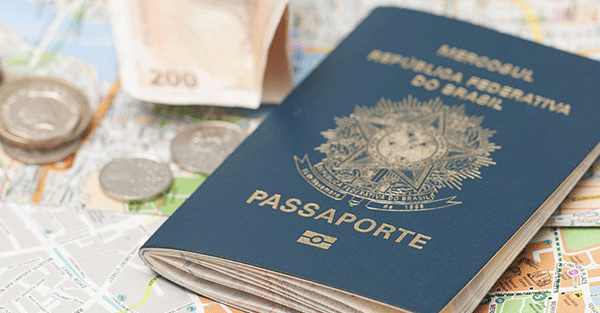 On October 9, 1939, Friedrich Nottebohm applied to become a naturalized citizen of Liechtenstein.
On October 9, 1939, Friedrich Nottebohm applied to become a naturalized citizen of Liechtenstein.
Nottebohm had been living in Guatemala since 1905, and as World War II started heating up, he became concerned that his German nationality might cause problems for him down the road.
It turns out he was right.
After attempting to enter Guatemala in 1943, he was denied entry as an enemy alien and later sent to an internment camp in the US. The Guatemalan authorities did not recognize his Liechtenstein naturalization and still regarded him as German.
After he was detained, the government of Liechtenstein petitioned the International Court of Justice on Nottebohm’s behalf against unjust treatment by the government of Guatemala.
In court, the government of Guatemala argued that Nottebohm was not a citizen of Liechtenstein for the purposes of international law since his ties to the country were tenuous at best.
He had been living in Guatemala for 34 years and maintained strong ties to Germany, whereas he had spent only enough time in Liechtenstein to get his papers and showed no intention of building further ties to the country.
The court sided with Guatemala, assessing that there was not a genuine link between Nottebohm and Liechtenstein, and that he would be treated as German for the purposes of international law.
That’s one of the risks in obtaining a second citizenship through an expedited, usually investment related process. Things can change quickly.
For example, St. Kitts and Nevis, another Antilles island nation close by to where I am right now, probably has the most well-known and popular ‘citizenship by investment’ program…
This post was published at Sovereign Man on December 15, 2014.

 Follow on Twitter
Follow on Twitter
Recent Comments